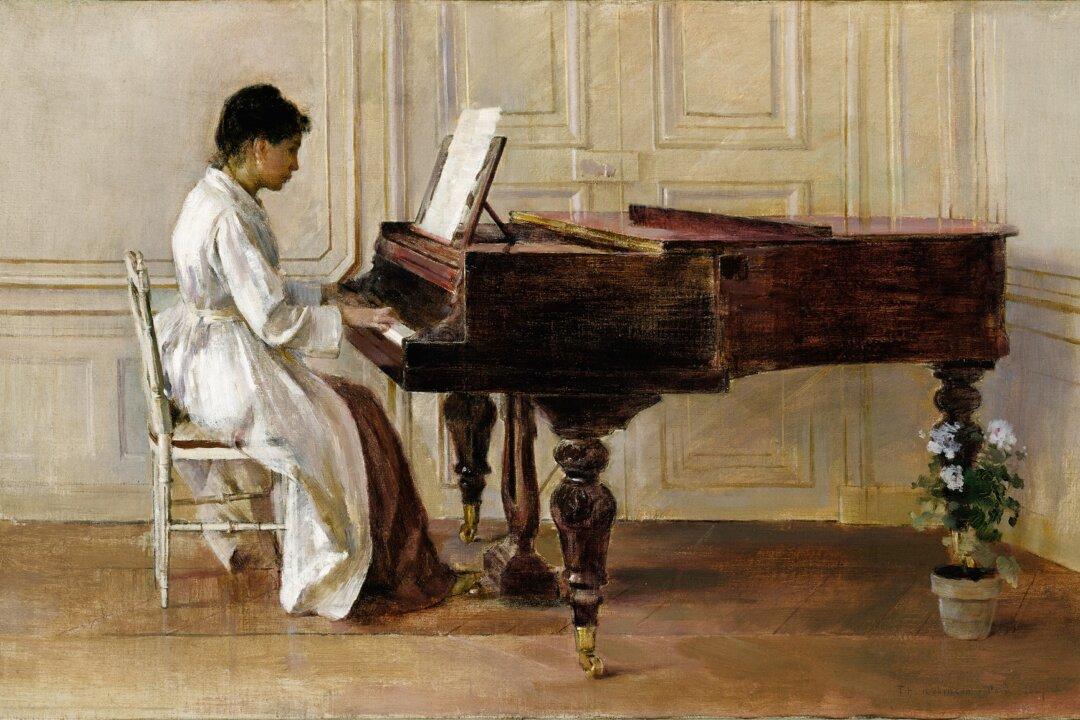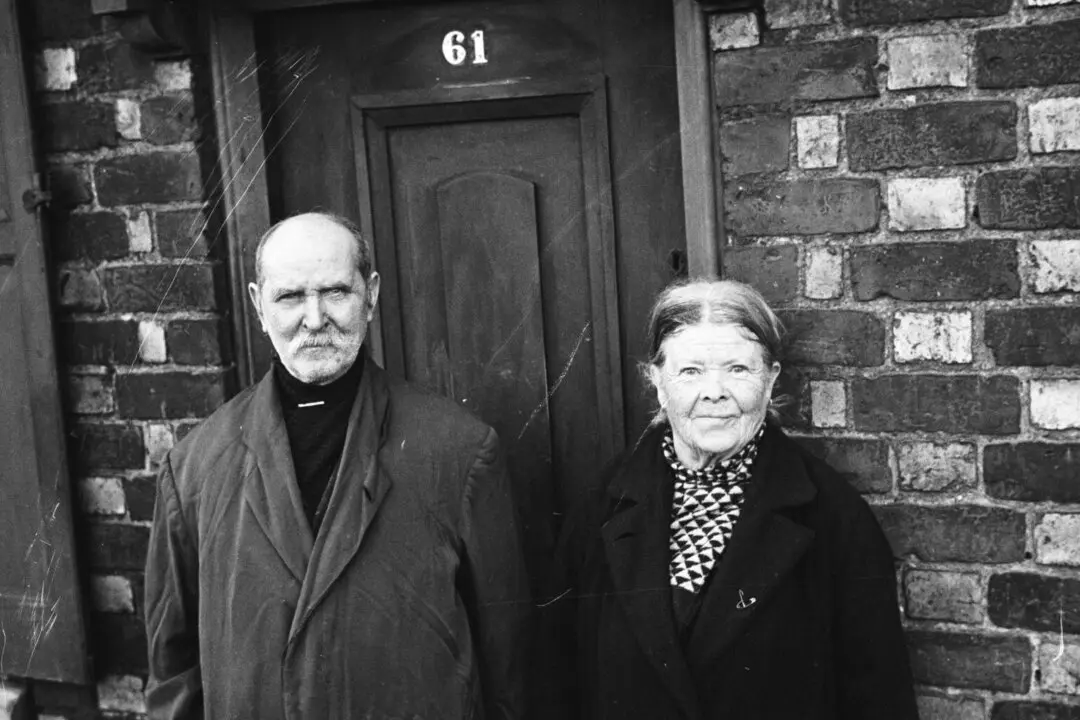Once upon a time, people rarely read silently. In fact, reading silently was so unusual in the fourth century, that in his “Confessions,” St. Augustine felt prompted to offer a surprised comment on St. Ambrose’s uncommon habit of reading alone and in silence:
“But while reading, his eyes glanced over the pages, and his heart searched out the sense, but his voice and tongue were silent. Ofttimes, when we had come (for no one was forbidden to enter, nor was it his custom that the arrival of those who came should be announced to him), we saw him thus reading to himself, and never otherwise.”






